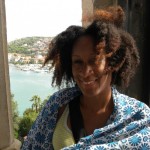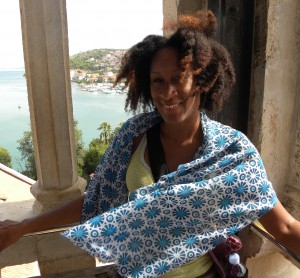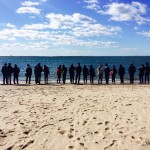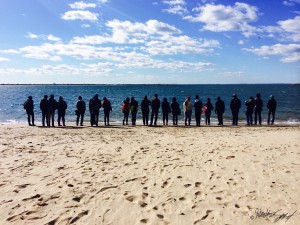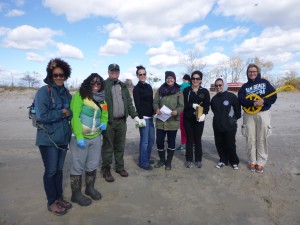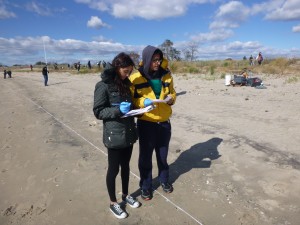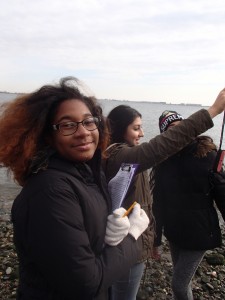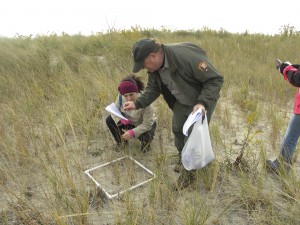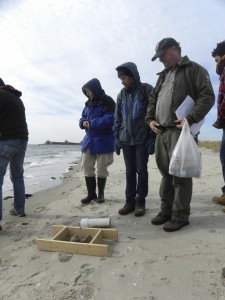Jennifer D. Adams, an associate professor of Science Education and Earth and Environmental Sciences at Brooklyn College and one of the co-investigators for the SENCER-ISE supported project, Sentinels of Shoreline Change, was recently featured in Brooklyn College Magazine’s issue on “Women Who Shape the World”, a broad-ranging article on social and academic challenges faced by girls and women. In the article, featured on page 14, Adams points to the Lang Program, a seven-year extracurricular program for students from the fifth through twelfth grade offered through the American Museum of Natural History. The program engages students in learning science in “hands-on” classroom settings, and through research projects and career exploration. Adams helped initiate the program around the year 2000 and has examined the benefits participation in Lang brings to students, especially to young women. She concludes that, “the spaces where a lot of young women are finding their scientific voices are these out-of-school learning activities.”
In response to our questions about her work, Adams recently placed her involvement with the Lang program in the context of the role of informal education and its links to the more formal classroom:
What is your teaching specialty at Brooklyn College, within the science education program?
My specialty is informal science education and place-based education. I focus both on educating teachers to use out-of-classroom resources to teach and learn science and also students who are interested in being educators or researchers in informal science settings.
You note that “out-of-school experiences tend to yield better results in terms of inclusivity of young women and girls” and offer opportunities for students to learn more about different career options in the sciences. How can a project such as your SENCER-ISE one provide tools to classroom teachers to encourage students in science? Can such a model be used in teacher education programs?
By introducing teachers to informal spaces and places through teacher education and professional development, teachers learn about different ways of participating in science and different career paths, and could then share these with students. Thoughtful teachers are always looking for ways to extend the classroom learning experiences whether through field trips or through learning about extra curricular opportunities for their students. For many students, it is the teachers who introduce them to these expanded learning opportunities in out-of-school settings (like museum afterschool programs) as recruitment for these programs is often done through teachers and schools. For our SENCER ISE project, we are introducing teachers to a local national park through place-based, citizen science activities. It allows both them and their students to see both science and their local places through a different lens.
Are there aspects of the Lang program that can be incorporated into a classroom setting?
I helped to initiate the Lang program around the year 2000 and it has greatly evolved since. The Lang program uses project-based, collaborative approaches to engaging kids in science. Those approaches could be implemented in classrooms even with the constraints of time and curriculum. It is about engaging students in their own question posing, data collection and analysis, and presentation of their work to an extended audience. It is also about the collaboration; getting students to work with each other and alongside teachers and other people (like rangers in a National Park setting or a field scientist) as they learn. When I work with teachers, I always encourage them to make adjustments to a single lesson, for example, integrating questioning strategies or posing a simple problem for students to discuss, to try a new approach rather than transforming a whole unit at once. This gives a teacher an opportunity to reflect on implementation and build a repertoire of successful reform-minded approaches over time.
Would you like to add anything else about the role of “out-of-school” experiences?
It is vital to have a continuum of learning experiences from formal to informal if we want to engage our students in rich, meaningful, and relevant science learning experiences. A continuum allows for multiple ways of participating in science–the school allows for a broad engagement in a lot of topics while informal science learning environments allow for a deeper engagement in a particular interest.
In sum, with informal science education’s emphasis on place-based, project-based, and collaborative learning, the connection enriches the educational experience and provides more opportunities for students to learn about real life applications of science that can engage them and also help them find a niche for themselves in STEM fields. Teacher education and teacher professional development initiatives can incorporate elements of informal science education into their programs.

